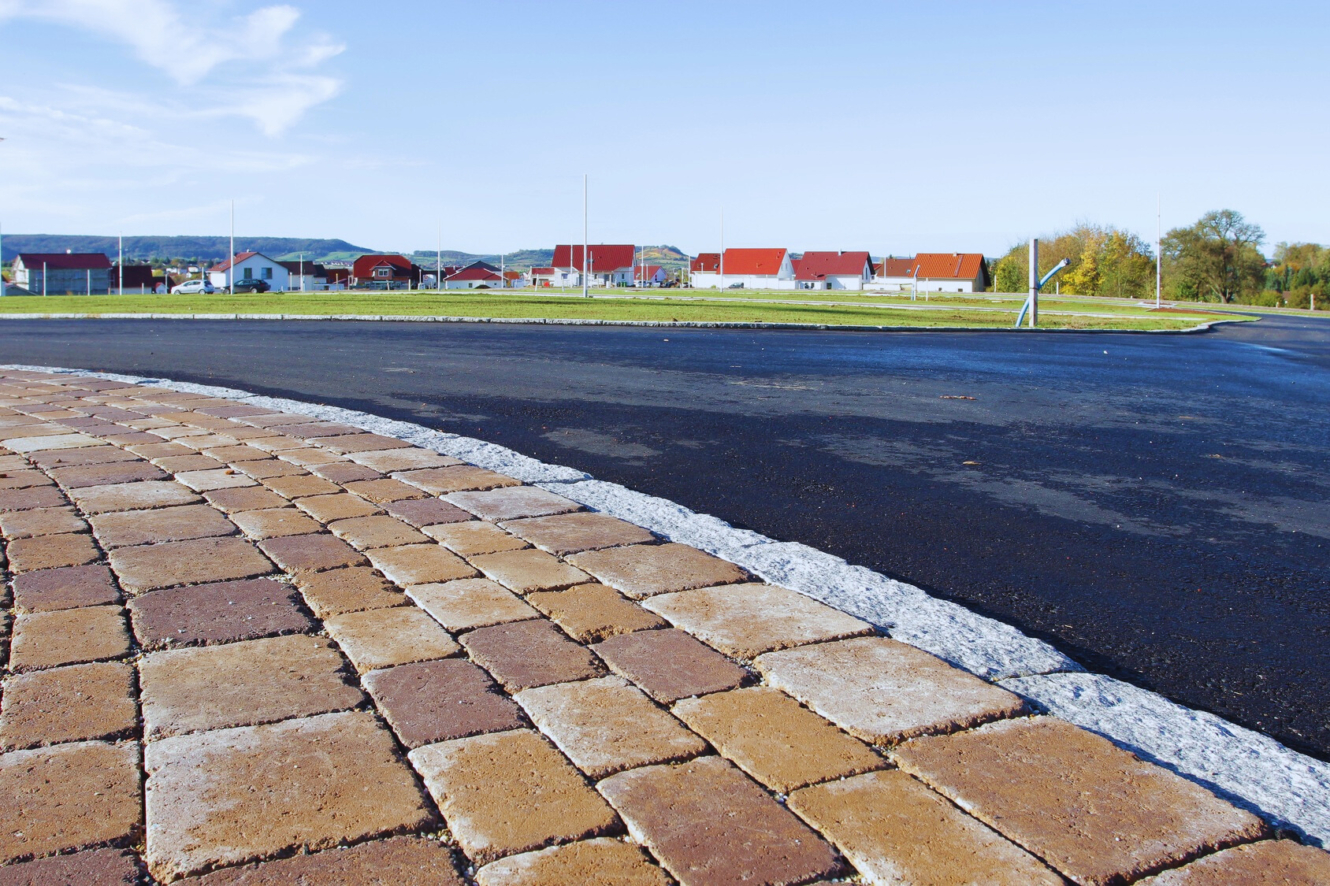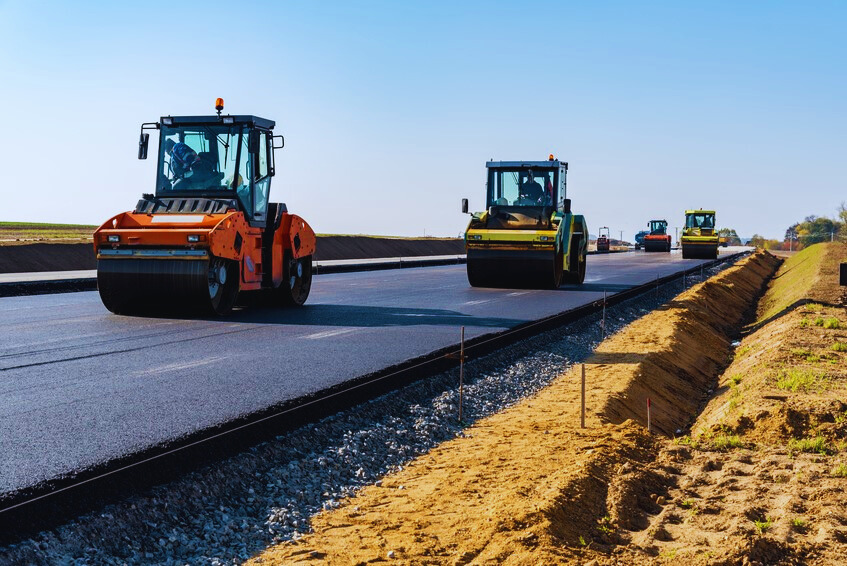What Is Paving in Construction?
What Is Paving in Construction: When it comes to construction and infrastructure development, the term “paving” is one that often surfaces. Paving is a crucial aspect of construction, and it plays a significant role in ensuring the functionality and aesthetics of our roads, driveways, parking lots, and more. In this article, we will delve into the world of paving in construction, its techniques, materials, and its importance in creating a smooth and accessible environment.
Table of Contents
1. Understanding Paving
Paving, in the context of construction, refers to the process of applying a stable and durable surface to an area, typically on the ground. This surface can be made of various materials, including asphalt, concrete, or even bricks. The primary purpose of paving is to provide a level and stable foundation for vehicles and pedestrians. Let’s explore some key aspects of paving in construction:

2. Types of Paving
There are several methods of paving, and they can be categorized into two main types:
- Flexible Paving: This type of paving involves using materials that are more pliable, like asphalt. It is commonly used for roads and highways, as it can withstand the constant weight and movement of vehicles.
- Rigid Paving: Rigid paving employs stiffer materials like concrete. It’s often used in areas where heavy loads or frequent foot traffic is expected, such as industrial sites or airport runways.

3. The Paving Process
The process of paving includes several key steps:
1. Site Preparation
Before any paving work can begin, the construction site must be properly prepared. This involves clearing the area of debris, grading the ground to ensure proper drainage, and laying a stable foundation.
2. Material Selection
The choice of paving material depends on the intended use and budget. Asphalt is a cost-effective choice for many road surfaces, while concrete offers durability and a polished appearance.
3. Installation
The chosen material is then laid down on the prepared surface. For flexible paving, hot asphalt is poured and compacted. In rigid paving, concrete is mixed and placed in forms.
4. Finishing
The surface is finished to ensure it is smooth and even. This step may involve adding texture or markings for safety and aesthetics.

4. Importance of Paving
Paving is essential for several reasons:
- Safety: Paved surfaces provide better traction and minimize the risk of accidents.
- Accessibility: Paved roads and walkways make areas more accessible to people with disabilities.
- Durability: Well-constructed paved surfaces can last for many years with minimal maintenance.
- Aesthetics: Paving enhances the visual appeal of an area and creates a clean, polished look.

5. Conclusion
In construction, paving plays a vital role in creating functional and aesthetically pleasing infrastructure. Whether it’s a smooth road, a well-maintained parking lot, or a picturesque driveway, paving ensures we can navigate our built environment with ease and safety.
6. FAQs
Q1. How long does a paved road typically last?
The lifespan of a paved road can vary depending on factors like traffic volume and maintenance. However, well-constructed roads can last 20 to 25 years or more.
Q2. What are the environmental considerations of paving?
Paving materials like asphalt and concrete have environmental impacts. However, advances in technology have led to more sustainable options, including permeable pavements.
Q3. Can I pave my own driveway?
While it’s possible to pave a small area like a driveway on your own, larger projects should be handled by professionals to ensure quality and longevity.
Q4. Are there alternatives to traditional asphalt and concrete paving?
Yes, alternatives like gravel, cobblestone, and permeable pavers offer different aesthetic and environmental advantages.
Q5. How do I maintain a paved surface?
Regular maintenance, including seal coating and crack repairs, can extend the life of your paved surfaces and keep them looking their best.


